In moisture-prone personal care devices like water flossers, electric toothbrushes, and oral irrigators, gasket mold is not only a common maintenance issue—it can also become a silent driver of bacterial regrowth. While often overlooked in design and aftersales guidance, this combination poses serious hygiene risks for end users. In this blog, we explore how these factors are connected, their implications for consumer health, and what manufacturers must do to ensure product safety.
Gaskets are typically made of rubber, silicone, or elastomer materials and serve as seals between components—such as water tanks and main bodies. However, the same flexibility and water resistance that make gaskets effective also make them vulnerable to:
When left uncleaned, these conditions foster the growth of gasket mold, which not only affects performance but becomes a microbial breeding ground.
The development of gasket mold creates an ideal environment for bacterial regrowth:
These microbial colonies can then spread through water flow paths, nozzles, or brush heads, undermining the entire hygiene profile of the product.
The combined presence of gasket mold and bacterial regrowth poses a range of health concerns:
For B2B customers focused on quality and compliance, these risks could translate into product recalls, warranty claims, or brand damage. Company web:https://www.powsmart.com/product/electric-toothbrush/
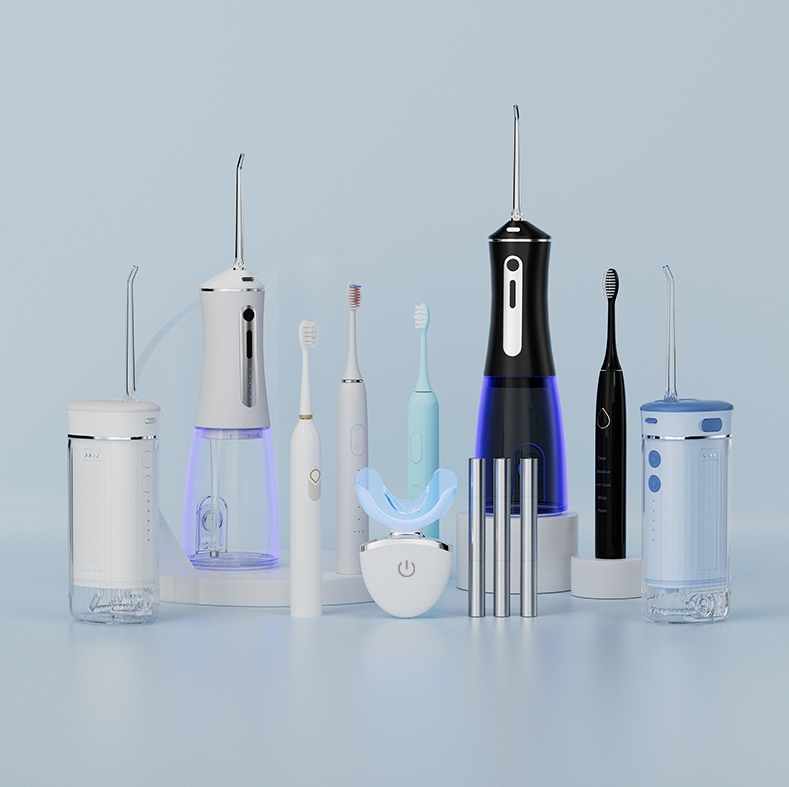
Many hygiene issues originate not from the material alone, but from how the device is designed:
Such oversights can be minimized through thoughtful engineering and user-centered design.
To reduce the risk of gasket mold and bacterial regrowth, manufacturers should consider:
These practices not only extend device life but protect the end-user’s health and safety.
Future-forward B2B solutions are already moving in a safer direction:
For brands competing on premium performance and safety, integrating these innovations can offer significant differentiation in the marketplace.
Though physically small, gasket mold—when combined with unchecked bacterial regrowth—can lead to major consequences for both product performance and user health. B2B manufacturers must rethink gasket design, materials, and cleaning accessibility to ensure these hidden hygiene hazards don’t go unnoticed. A commitment to proactive prevention today will yield cleaner, safer, and more trusted devices tomorrow. Contact us
Allergy Outbreaks after Brush Discoloration – Coincidence or Warning Sign?

Can a Long Battery Life Toothbrush Attract Global Buyers with Multi-language Manual Customization?
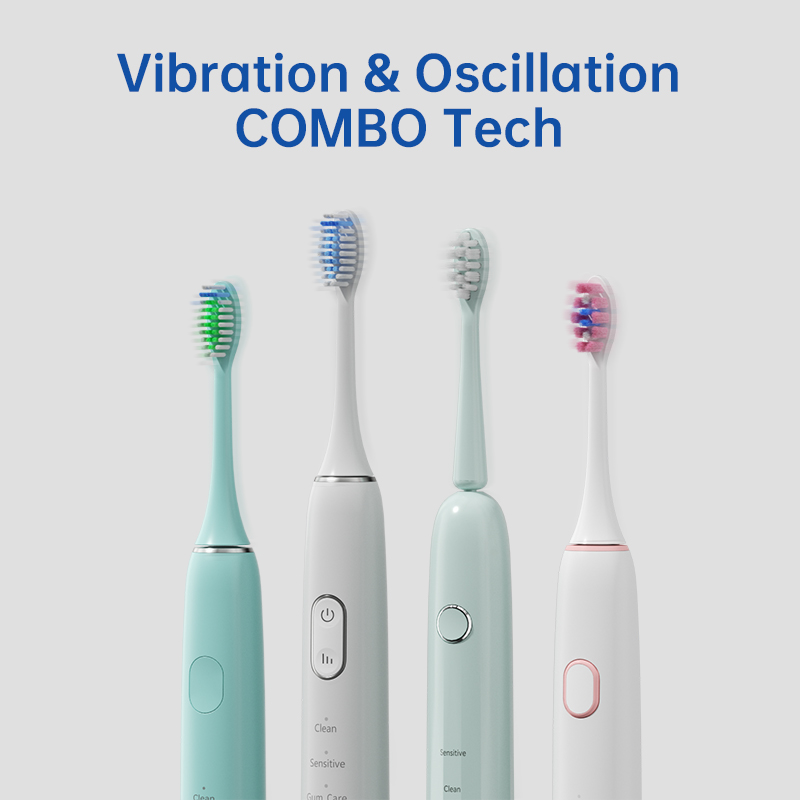
Capitalizing on US Demand: The Rising Trend of Water Flosser & Toothbrush Combos
.jpg)
Must-Have Features for a Market-Leading Water Flosser
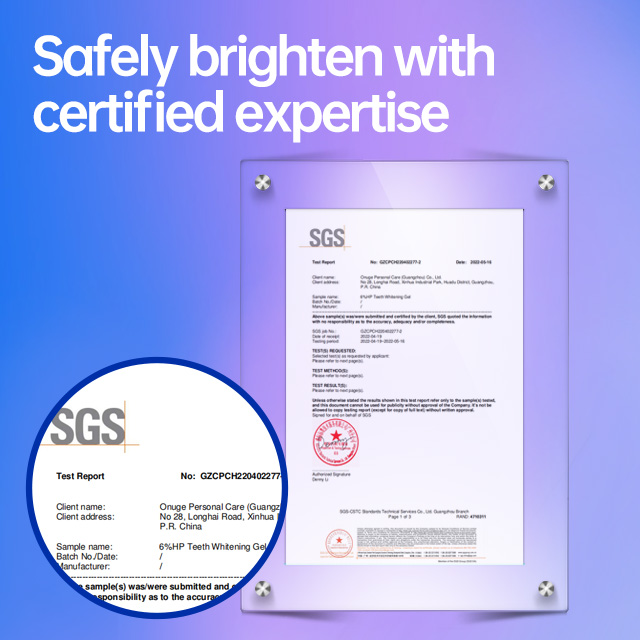
Enamel-Safe Whitening: OEM Products That Brighten Smiles Without Harm
Premium Sonic Toothbrush Wholesale | Professional Quality for Global Brands
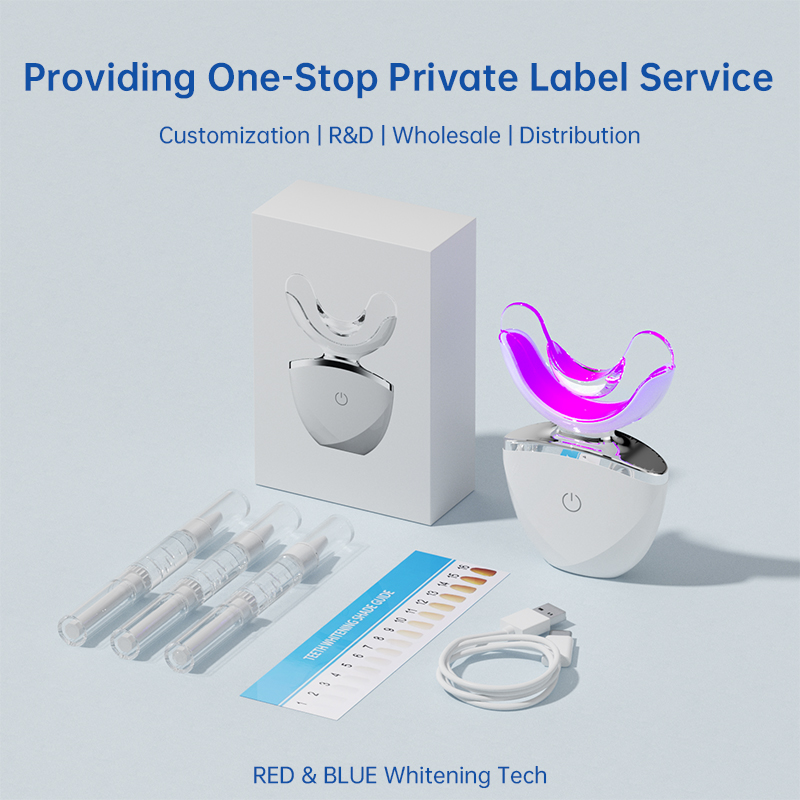
Market Access Made Simple: Understanding Regulations for Your OEM Whitening Kits
Smart Pressure Sensor Toothbrush Supplier | Intelligent Brushing Solutions

How Can Sweeping Oscillation Toothbrush Technology Benefit from a Reliable Magnetic Levitation Motor Supplier?
Blue vs Red Light for Teeth Whitening: Choosing the Right OEM Technology
.jpg)
Can a Magnetic Levitation Motor Define a Quiet Toothbrush Manufacturer?
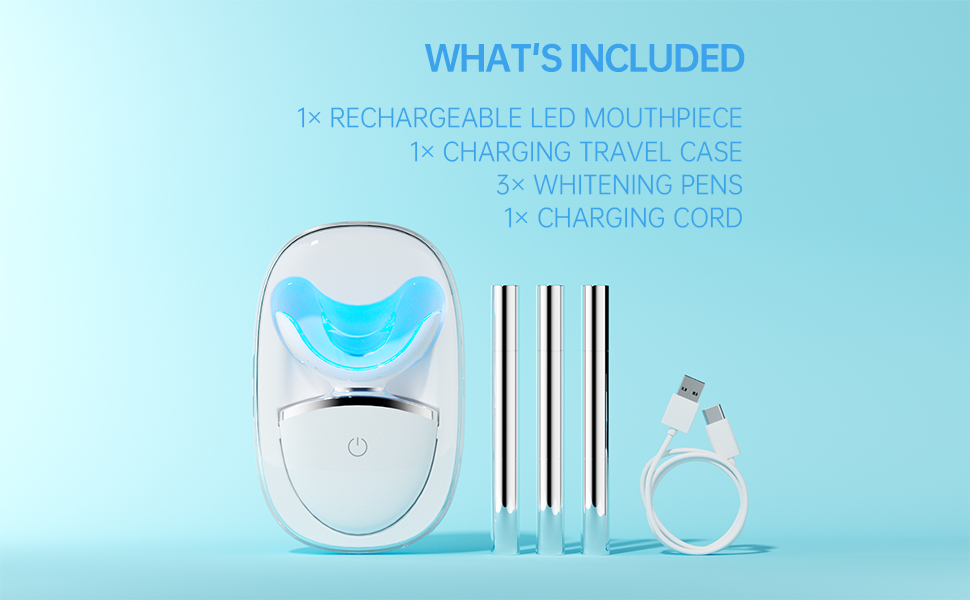
How Do Salons Do the Whitening Teeth Products Business? An OEM Supplier’s Insight
Electric Toothbrush for Orthodontists Wholesale | Professional Dental Supply
-3-scaled-1.jpg)
Carbamide Peroxide vs Hydrogen Peroxide: Choosing the Right OEM Whitening Formula
Filter Clogging Leading to Slow Charging?
Need a Reliable Water Flosser Pump OEM for Your Oral Irrigator Components?

Customization Teeth Whitening Gel

electric toothbrush heads Charcoal Infuse-Round
.jpg)
Florida Electric Toothbrush – Powsmart PTR-C8

Electric toothbrush heads Charcoal Infused-Diamond

electric toothbrush heads Ultra Soft

electric toothbrush heads Deep Clean

electric toothbrush heads Regular Clean

Private Label Whitening Gel
whstapp
whstapp
National Toll-Free Service Hotline
+86 755 86238638